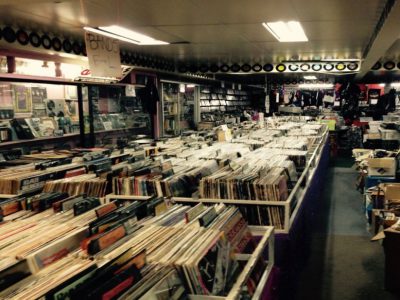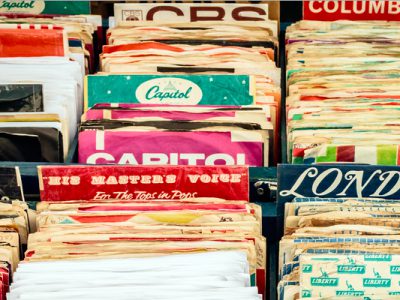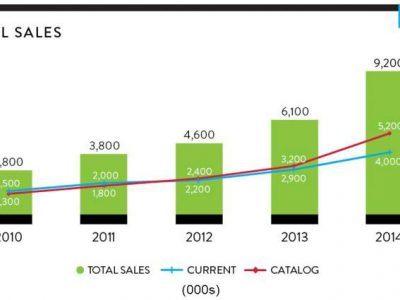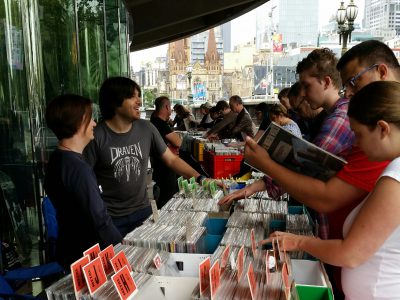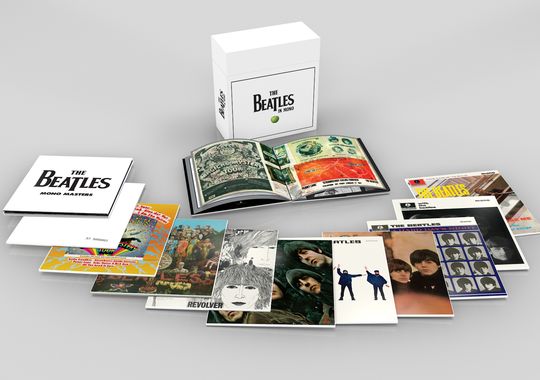
Curled up on the couch, sprawled across the floor or dancing around the bedroom, Baby Boomers can likely remember the first time they heard a Beatles record blaring from a popping, skipping turntable.
With its distorted but full-bodied sound, vinyl is the preferred method of many for listening to music and, as part of a recent resurgence of the format, has led to a new vinyl collection that will leave any fan of The Beatles jumping and dancing for joy: The Beatles in Mono, out soon.
 Sold as individual albums or as a 14-disc box set, The Beatles in Mono features remastered recordings of landmark albums such as A Hard Day’s Night and Revolver — re-cut without the use of any digital technology at Abbey Road Studios in London by engineer Sean Magee and mastering supervisor Steve Berkowitz. The limited-edition set includes the nine U.K. albums, the American-compiled Magical Mystery Tour album and the triple-disc Mono Masters collection of non-album tracks.
Sold as individual albums or as a 14-disc box set, The Beatles in Mono features remastered recordings of landmark albums such as A Hard Day’s Night and Revolver — re-cut without the use of any digital technology at Abbey Road Studios in London by engineer Sean Magee and mastering supervisor Steve Berkowitz. The limited-edition set includes the nine U.K. albums, the American-compiled Magical Mystery Tour album and the triple-disc Mono Masters collection of non-album tracks.
Each Beatles album until 1968 received a mono and stereo mix, but mono was the way the recordings were “originally conceived,” says Berkowitz. “For those of us who grew up in the ’60s, we really heard this music in mono first.” Unlike stereo recordings — with vocals and instruments recorded on separate tracks in the studio and intended to be played on multiple speakers — mono recordings were captured all at once and played on transistor radios and turntables, where sound came from one place.
As mono was shuffled out in favor of stereo, The Beatles and producer George Martin began experimenting with levels of recording on Sgt. Pepper’s Lonely Hearts Club Band. The 1967 album was “not necessarily the replication of a live performance onto a disc (like mono), but the creation of the art was also taking place in the recording,” Berkowitz says.
For the new vinyl releases, Berkowitz was paired with Magee, who worked on the Beatles in Mono CD set released in 2009 and created from digital remasters. Over the course of a year, the two painstakingly listened to the master tapes and first pressings of mono records from the ’60s, using the original albums and detailed transfer notes of original cutting engineers in an effort to re-create that sound.
“It was a pleasure and an honor to work on these recordings and also daunting, because it’s The Beatles — they’re some of the greatest recordings in history and it’s not to be taken lightly,” Berkowitz says. “I hope we reached the goal of replicating the artists’ intention.”
From the sound of it, they succeeded: In a 50th-anniversary year flooded with Beatlemania, the new box set (which includes a 108-page book of rare photos and archive documents) is the definitive way to hear the iconic band, says Beatles historian Matt Hurwitz.
“This is the only (reissue) so far that really puts a fan back in a room with real records, because they sound the way kids would’ve heard them,” Hurwitz says. And for those younger fans who are into vinyl, “it’s a little because of nostalgia, to see what’s from another era. But particularly with some of the records like these, (they) also get a sense of what it was like to hear a record the way artists made them back then.”

